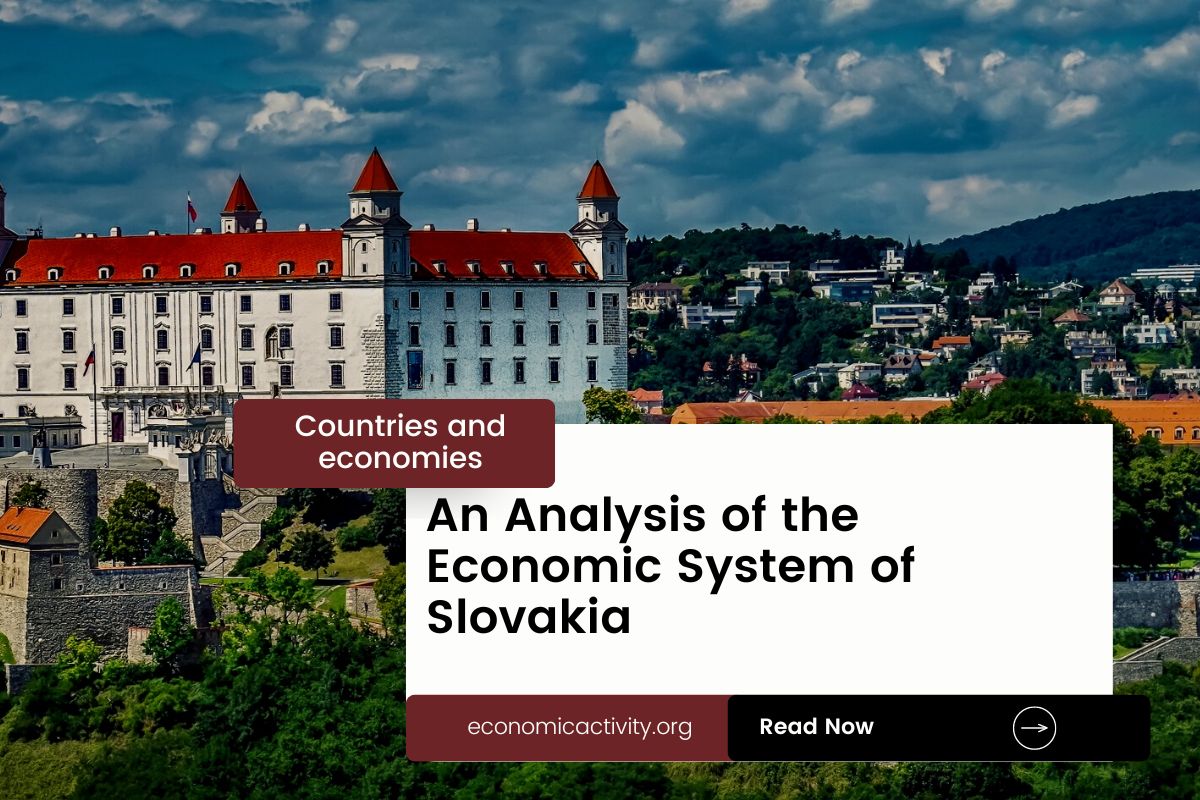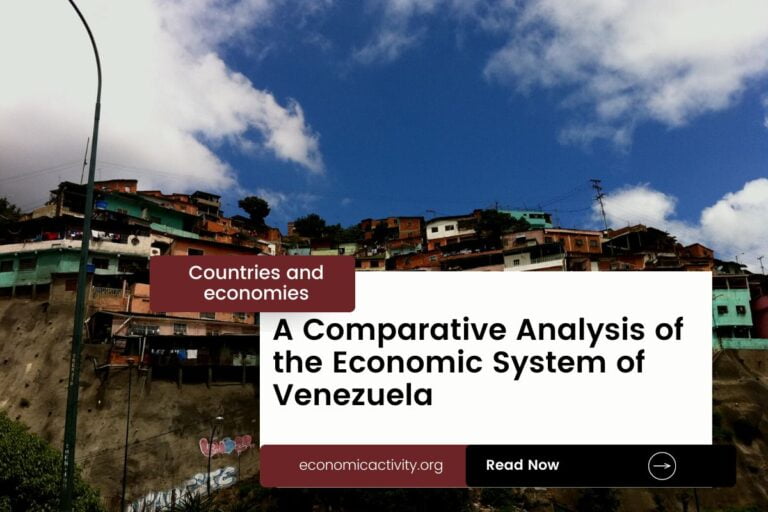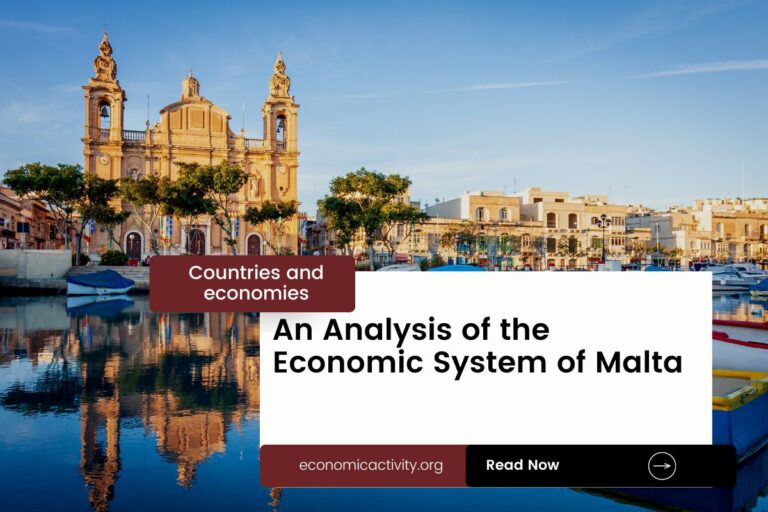What is the economic system of Slovakia? The economy of Slovakia is based on a mixed economy. The country’s economic system combines elements of a market economy and a planned economy.
Slovakia’s economy is dominated by industry, particularly automobile manufacturing, which accounts for a significant portion of its exports. Other key sectors include electronics, mechanical engineering, chemical engineering, information technology, and services.
In Slovakia, the economy is composed of a private sector, consisting of individuals and businesses that make autonomous decisions based on self-interest, and a public sector, where the state determines the production and distribution of certain goods and services. No country is purely capitalist or purely communist.
What do the freedom indexes tell about the economic system of Slovakia?
Now, to determine if a country is mostly a market economy or a planned economy, it is useful to examine some economic indexes. For instance, according to the 2022 Index of Economic Freedom, which measures the ability of every human to control his own labor and property, Slovakia is ranked 36th globally and 23th in Europe indicating that the country has a moderately free economy.
In a similar way, the 2022 Freedom House index evaluates the state of political rights and civil liberties globally. Generally, market economies tend to align more with democracy and freedom, while command economies tend to be characterized by greater state control and fewer democratic and civil liberty protections.
Slovakia gets a score of 90/100, which qualifies it as Free. Slovakia is a country where the government does not control what people do for political reasons, and people have the freedom to choose (what, how much and how to produce, whether to buy or not, selling price, etc.)
The Link Between Public Sector Employment and the Economic System of Slovakia
An indicator of the extent to which the State is involved in the economy is the number of public sector employees. In Slovakia, according to ILOSTAT, the number of public sector employees as a percentage of the total workforce is 27.3% (2021).
In the country’s mixed economy, the number of public sector employees as a percentage of the total workforce varies based on the specific policies and practices adopted by the State.
Some economic activities are left to the private sector while others are under government control. The bigger the public sector the closer the economy is to being a command economy.
What do the biggest companies in Slovakia say about the country’s economic system?
The biggest company in Slovakia should also be looked at, as well as whether it is a state-owned or private company. In this case, SlovNaft is a leading oil and gas company in Central Europe. It produces and distributes oil, gas, and petrochemical products. The company is majority-owned by MOL Group, a Hungarian multinational oil and gas company. It shows how the biggest companies in the country are privately owned.
The historical factors that have influenced the economic system of Slovakia
The current mixed economy system of Slovakia in the last century is the result of a combination of factors, including the influence of the Soviet Union, the transition to a market economy after the fall of communism, and the adoption of the euro as the official currency. These factors have all contributed to the current economic system, which is characterized by a combination of private and public ownership, a regulated market, and a strong social safety net.





Leave a Reply